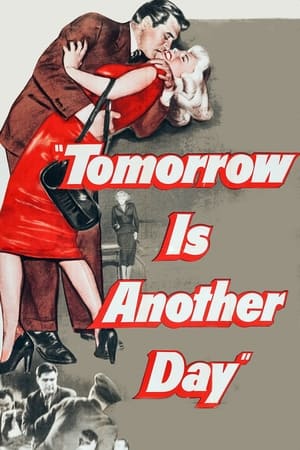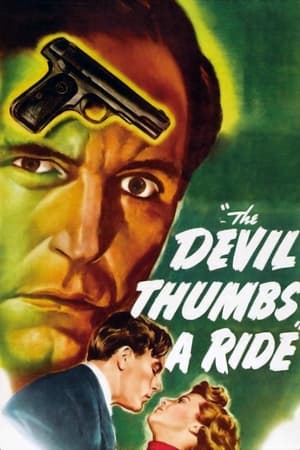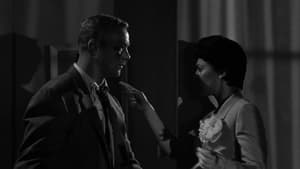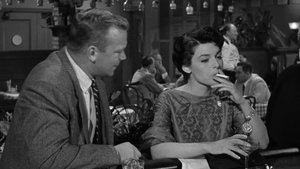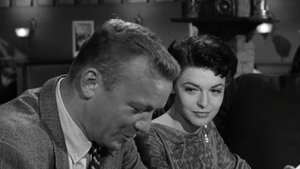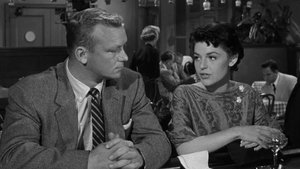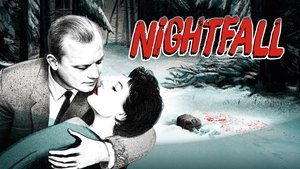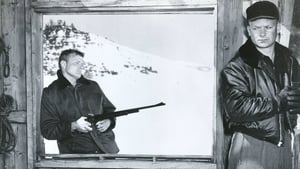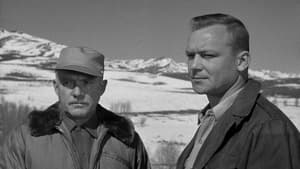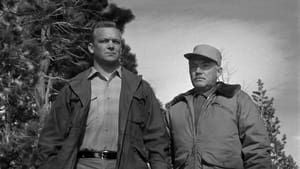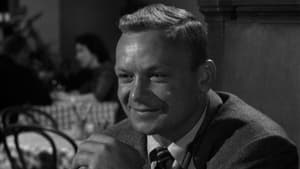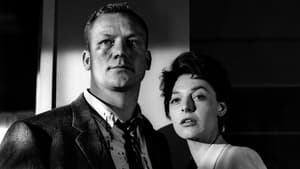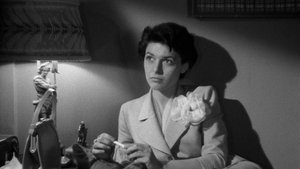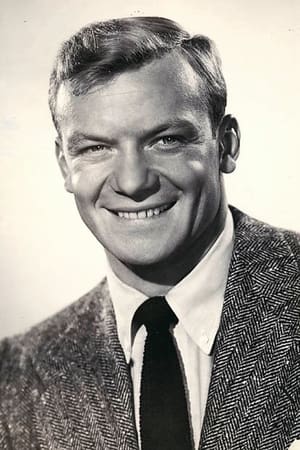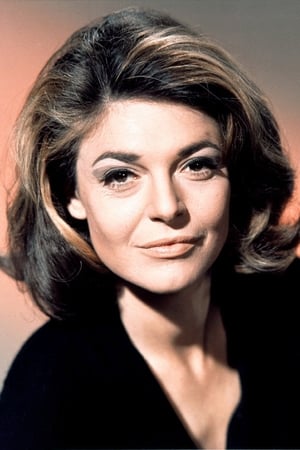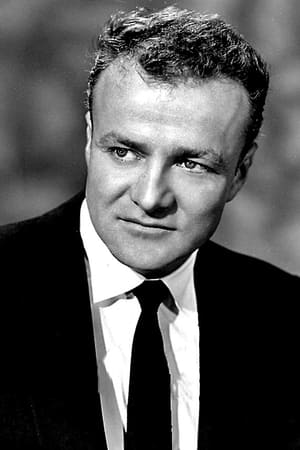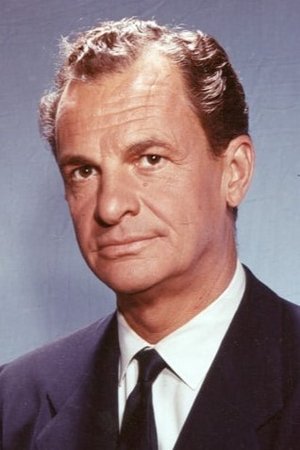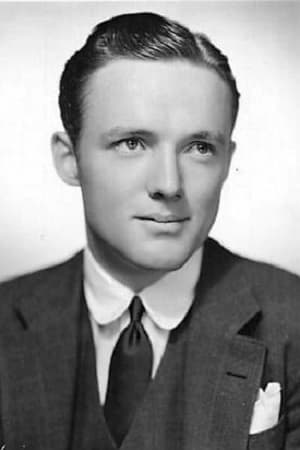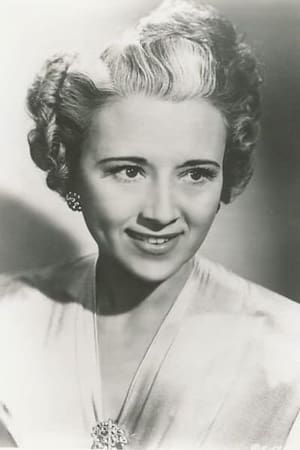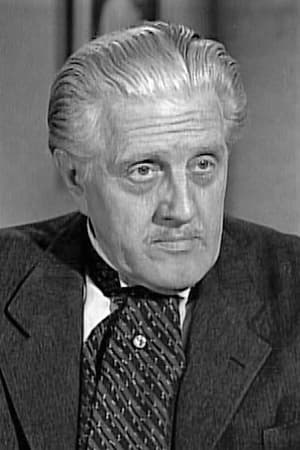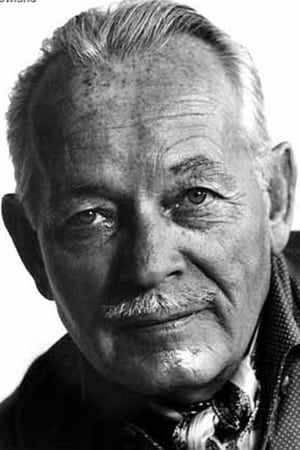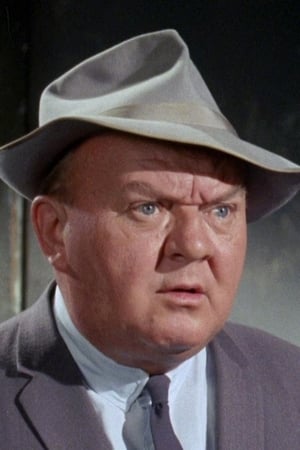-
Steve
By Kim Morgan filmnoiroftheweek.com “This is what they call the point of no return my friend.” Nightfall is a work of striking juxtapositions and tones that by picture end, come off like a wonderfully disarming person—you’re charmed, even a bit disturbed, but you’re not sure what to make of it all. It opens at night, in the neon lit, Los Angeles jungle shimmering with welcoming Hollywood haunts like Miceli’s, Firefly and Musso and Frank and ends within the blinding white snow of the more foreboding Wyoming Wilderness. It pits an older doctor and his much younger, artist friend against two thugs, one an over-eager, violence-lusting psychopath and the other a casual, smarter killer whose relaxed approach borders on the likable. It features a chic fashion show with a modern looking Anne Bancroft as a “mannequin” followed by a cuddly rural bus ride during which the lovers express their romantic feelings after waking up to (decidedly non chic) whiskers. There’s cruel violence committed against good Samaritans mixed with quippy one liners and a surprising amount of dark humor. And did I mention Anne Bancroft falls in love with Aldo Ray? They seem mismatched, but then, perfect together—and their moments are exceptionally romantic. In short, Nightfall is a trip. But a great trip, and a noteworthy addition to noir innovator Jacques Tourneur’s oeuvre (which includes, among other splendid pictures, the horror/noir classics Cat People and I Walked With a Zombie and his key noir, Out of the Past). Adapted by Stirling Silliphant from hard boiled writer David Goodis's 1947 novel and brilliantly shot by Burnett Guffey (who also shot Nicholas Ray’s masterpiece In a Lonely Place and Arthur Penn’s ingenious Bonnie and Clyde),the picture is considered by some, a minor film noir, something that’s always baffled me. Made in the later cycle of the genre (released in 1957), the picture skillfully weaves a convoluted story, harsh violence, existential angst, naturalistic acting and sweet romanticism without ever feeling forced. And as stated earlier—it’s very funny—something Tourneur always intended. And though the theme song seems a bit overheated (Al Hibbler crooning “Nightfall…and you!”—a tune that really ought to grace a Ross Hunter production) even that works when looking at the film in its entirety. Akin to the startling laughs spiking the movie, it echoes Tourneur’s own sly sense of humor. The story is structured much like Out of the Past, with our hero (who's not guilty, unlike Mitchum), Rayburn Vanning (Ray) relating his complicated story to a woman. Only in this instance, the lovely lady, Marie Gardner (Bancroft), is a bit confused. Pulling a damsel in distress act for the benefit of two thugs waiting to jump Ray (she thought they were police officers after a wanted man), she sets up the poor lug. Vanning is then accosted by Red (Rudy Bond) and John (Brian Keith) and taken to a deserted oil derrick (an unsettling yet weirdly amusing scene) where he’s set to be tortured. They want to know where that money’s hidden, something Vanning continually states he doesn’t know. Vanning escapes, finds his way to Marie’s apartment and gives her the skinny. Or rather, the thick skinny. He explains the convoluted predicament that’s left him understandably paranoid. While on a pleasant camping trip in Jackson Hole, Wyoming with best friend Dr. Edward Gurston (Frank Albertson) in which the two men will hunt, and in a more uncomfortable moment, near the sticky subject of Doc’s much younger wife (whom we learn later has a thing for Vanning and sent him letters saying so). The conversation is cut short when a car crashes off an embankment and two shady characters (Red and John), emerge. Doc fixes John’s arm but they soon realize they're unlucky witnesses (the men just robbed a bank). Almost shockingly, Doc is shot dead and Vanning is left injured. The crooks blaze off, only, they make an enormous mistake—they grab the doctor’s bag instead of their own bag of money. Vanning is able to rise from his injury, hide the dough and take off. Moving from town to town under suspicion that he killed Doc, Vanning ends up in Los Angeles, where he’s being tailed by insurance investigator Ben Fraser (James Gregory) who confesses to his wife that Vanning just doesn’t seem the type. And as played by Aldo Ray—he doesn’t seem the type. One of the more striking aspects to Nightfall is its casting, and the barrel-chested, thick necked Ray, who was a natural born actor (watch his first and largely unschooled leading role in George Cukor’s The Marrying Kind and you’ll see how immediately gifted the man was. Also in Anthony Mann’s brilliant Men in War). Ray is the perfect good guy in-over-his- head. With his raspy voice, yet boyish appeal (he looked like he literally walked off a football field, which is why Cukor made him take ballet before The Marrying Kind) Ray always exuded a different kind of mystery than say, Mitchum or Ryan or Widmark—men who rarely appeared “normal.” Ray, an ex Frogman who fought in Iwo Jima, was a brawny man’s man certainly, but he always looked to be hiding a secret. That inside he had the soul of a poet or artist—a man of depth beyond his tough exterior. And so, appropriately, in Nightfall, he’s an artist. Brian Keith is another standout and like Ray, an actor I always wished was my father (and not merely for the TV show Family Affair). He’s so agreeable here—and his delivery manages to be both distracted and pithy rather than rat-a-tat. When he humorously claims that Red’s homicidal kicks stem from his lack of childhood play (“When Red was a kid they didn’t have enough playgrounds. He’s sort of an adult delinquent.”) he’s both revelatory and teasing. And his banter towards Red is cleverly berating: “The top of your head never closed up when you were a kid. Neither did your mouth.” Cracking wise with Red, the two spar like men who are ready to kill each other, but also who are simply getting on each other’s nerves (preceding some of Tarantino’s talky criminals). But talking aside, deadlier fates await them including a fatal gunshot and death by snowplow. And wild, almost ridiculous fate was something Tourneur excelled at, not surprisingly. Based on the bizarre treatment at the hands of his filmmaker father, Tourneur developed a dark sense of the absurd. As written in John Wakemen’s “World Film Directors Vol. 1 1890-1946,”Tourneur believed that the childhood he endured—one of “grotesque punishment” lied at the root of his cinematic obsessions. Relating that he was sent to a poor school and teased unmercifully for his square suspenders, Tourneur claimed: “I think this is what prompted me to introduce comic touches into the dramatic moments of my films…Mixing fear and the ridiculous can be very exciting.” Indeed. As Red can’t wait to torture a terrified Vanning, he sinisterly and bizarrely sings: “The tougher they are the more fun they are tra-la.”
-
drystyx
Aldo Ray metaphorically stumbles across mob money. Rudy Bond is a sadist who makes a game out of killing his victims, making them believe there is a contest involved. Brian Keith works with Rudy Bond, and is disgusted by him, till the sadist finally decides to try to kill him. James Gregory is investigating all of this, and feels he is in over his head, and discusses his insecurities with his wife. Sound familiar? Well, this was the original classic that McCarthy later went totally Hollywood formula with, but this one is the real deal. Here, the bad guys are just as mortal as the good guys. They aren't "gods" or "demi gods", which is too much for the Beavis and Butthead brats who make up much of the first world right now. This is a "mature" version, a version that isn't contrived, of three dimensional characters, or aptly put "credible characters in incredible circumstances", which is what separates the classic films from the disasters. Much of this tale is told in flashback, and I'm no fan of flashbacks, but this film is a classic notwithstanding, because we find the characters so credible.
please Login to add review

